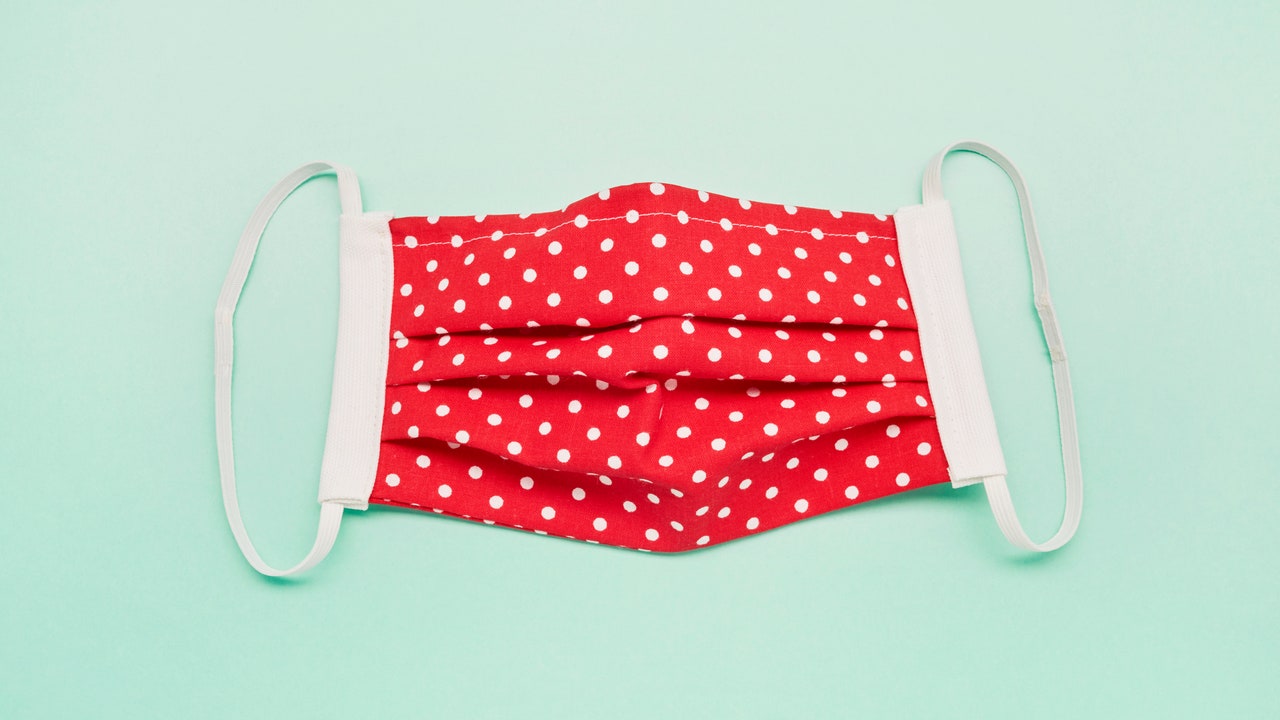Improve Your Face Masks With One Simple Item You Probably Have In Your Drawers

Your DIY face masks could use a pretty easy upgrade. A new study revealed there’s a way to make your cloth masks significantly more effective—and you probably have multiple sitting in your sock drawer or hanging in your closet.
In recent weeks, CDC guidelines have advised all Americans to wear a face mask outside of the house, especially those in densely populated cities like New York City, in an effort to reduce the spread of coronavirus amid the ongoing pandemic. But due to nationwide shortages, many people are making their own. (Also, medical-grade masks, like the N95 respirator, are being used primarily by front-line health care professionals who are putting their lives at risk.)
It turns out, there’s an easy way to upgrade your masks so you’re even better protected from COVID-19. According to NPR, research conducted at Northeastern University found that adding an outer layer of nylon pantyhose to DIY face masks (or ones you’ve purchased online) improves protection and, in some cases, matched or exceeded the efficacy of surgical masks, especially because the additional fabric keeps the mask tight to your face.
Loretta Fernandez, one of the scientists who conducted the research, noted that while the material is highly effective for filtering, it’s how well it seals to the face that helps “avoid air making it around the mask into our breathing zone.” Similar to seal on the N95 respirator, the added layer reduces how much air can get through and reportedly boosted the masks’ performance by up to 50%.
“It really improved the performance of all of the masks, and it brought several of them up and over the baseline mask we were using, which was a 3M surgical-type mask,” Fernandez said, also recommending the use of a queen-sized pair of nylons to make breathing easier. (The study also noted that leggings could work as well, but they would need to offer a snug fit.)
Though the research has not yet been peer-reviewed, the findings could help doctors and nurses whose protective gear has bruised their faces after long and harrowing shifts treating coronavirus patients.
As news about the novel coronavirus pandemic rapidly evolves, Glamour is committed to bringing our readers accurate and up-to-date information. As a result, information in this story and others like it may be updated. For the most recent news about COVID-19, please visit the CDC, WHO, and your state’s Department of Health.
